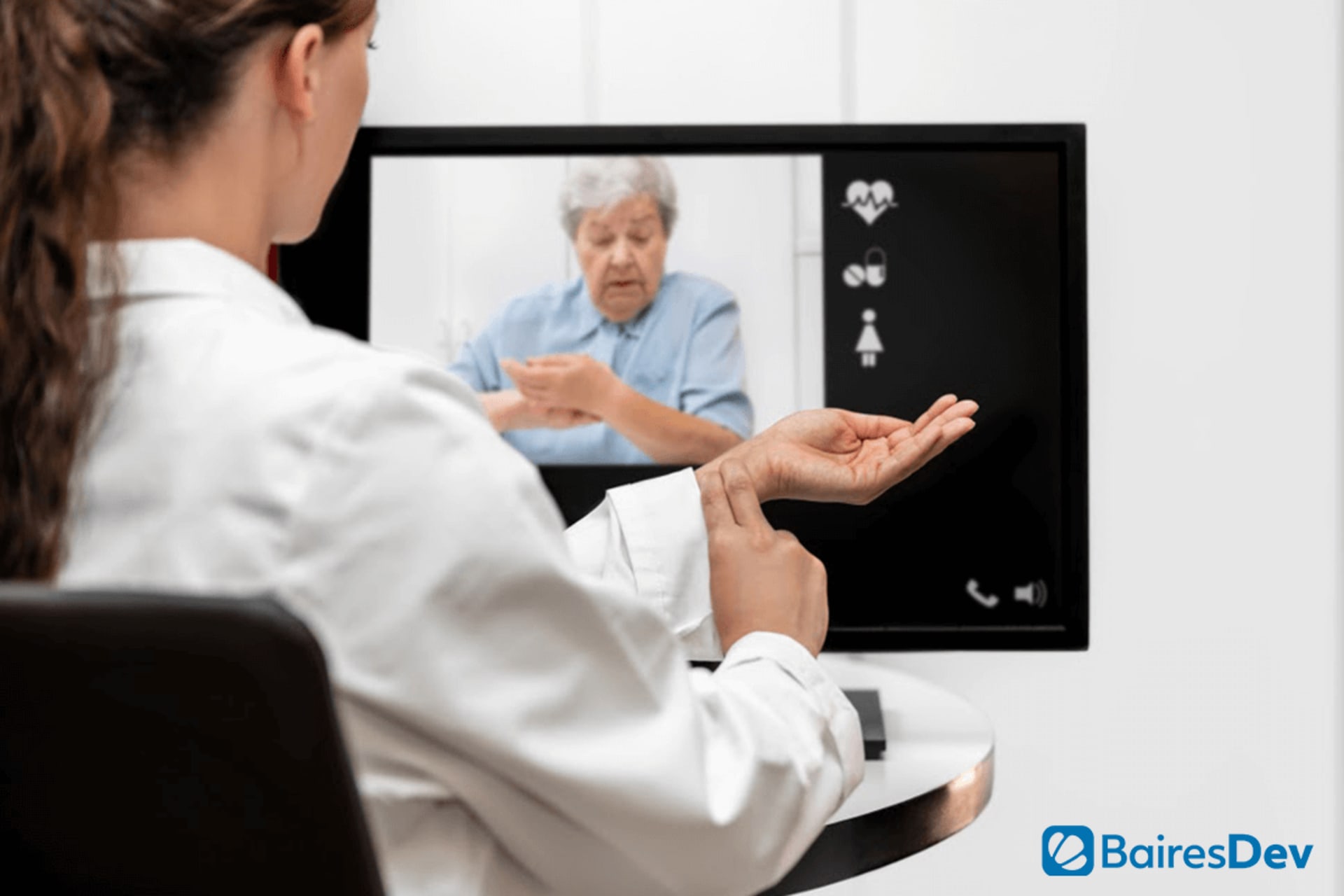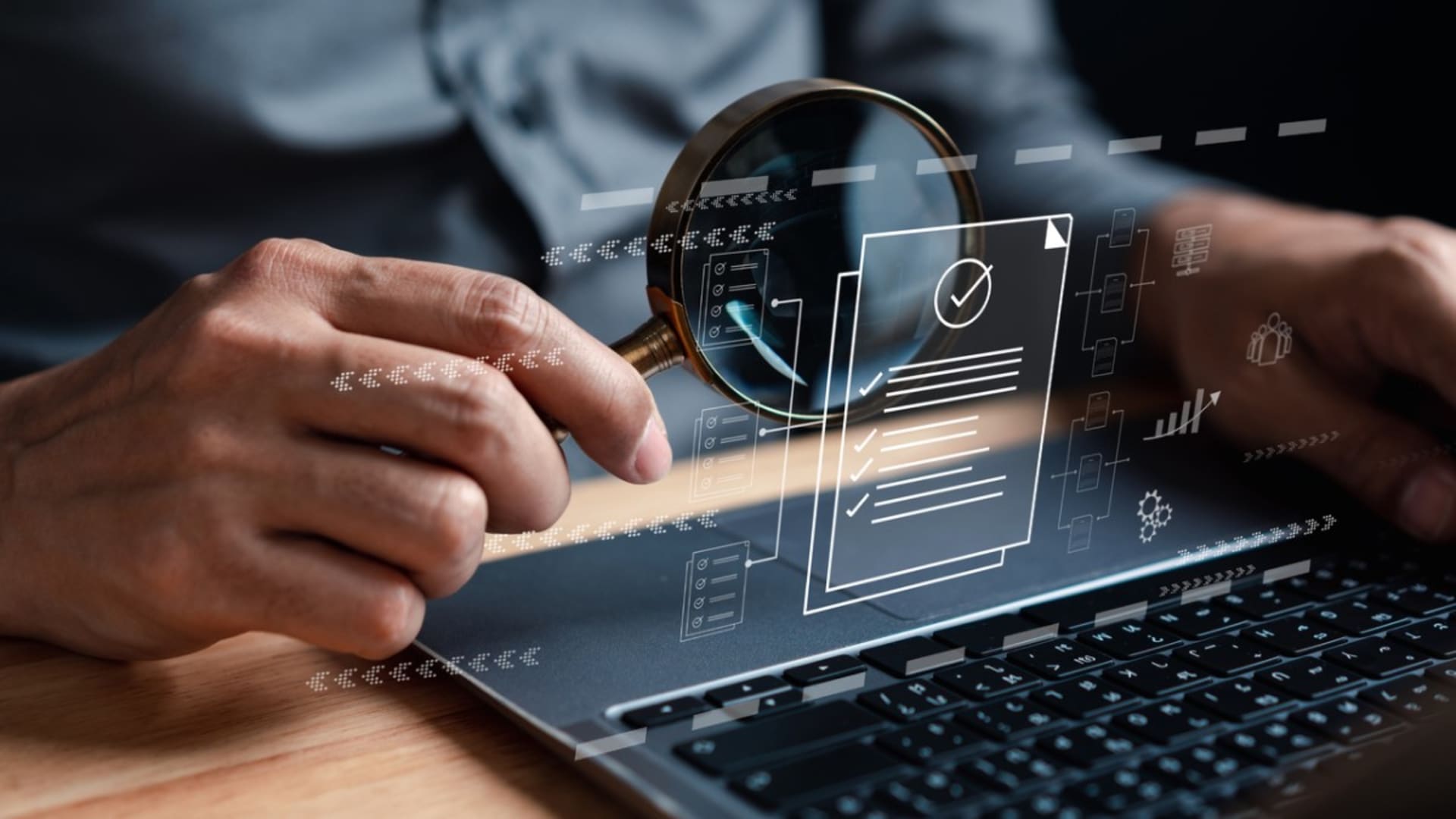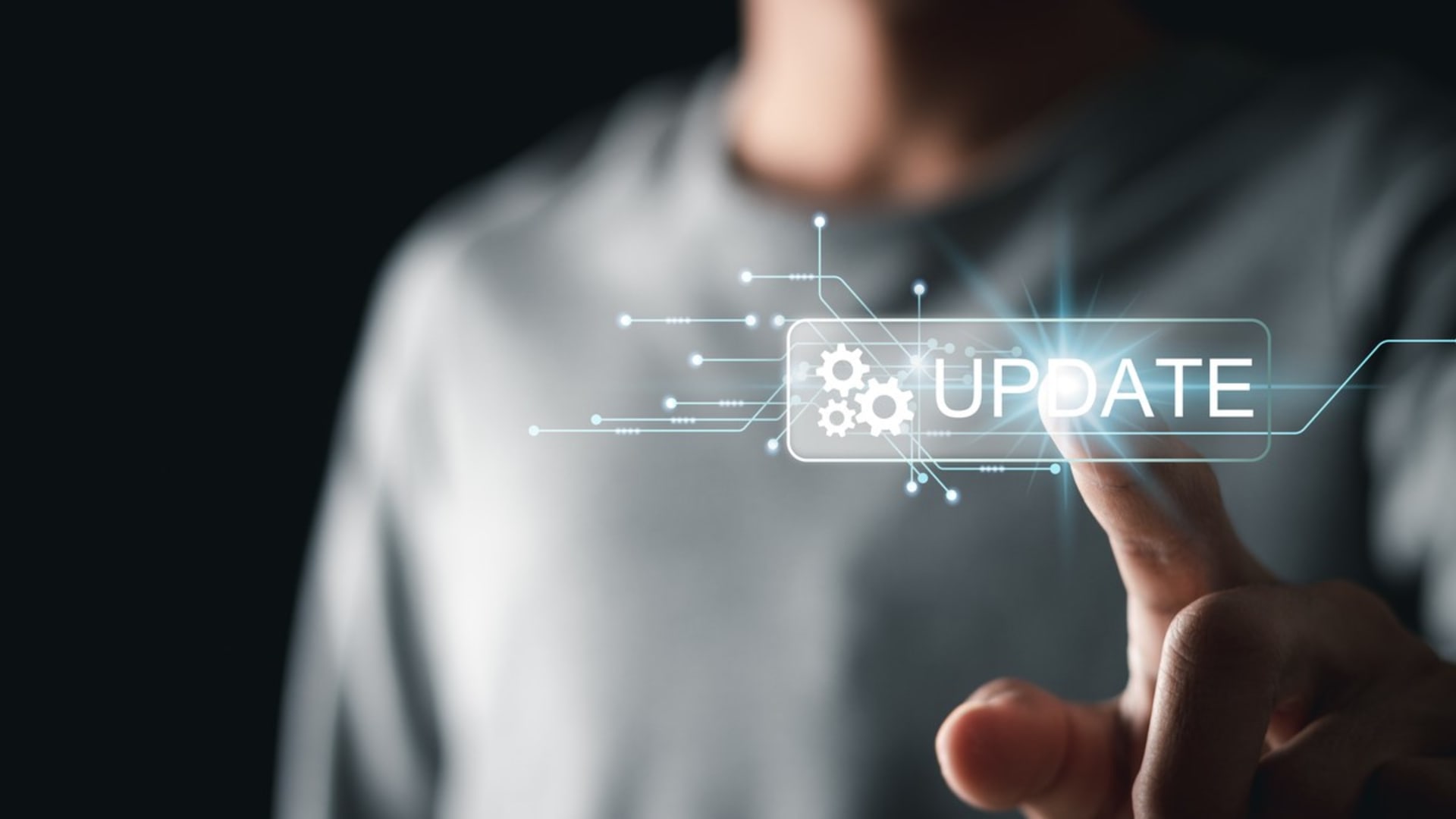For most healthcare providers, app development is no longer a luxury. It is necessary to stay on top of the competition.
Telemedicine, or the ability to receive healthcare via an app, is an industry disruptor. It’s touching every single segment of the market, from emergency response and disaster management to the routine treatment of patients. Healthcare apps fill massive treatment gaps due to an aging population and a lack of available providers. These services are no longer a luxury. For most healthcare providers, they’re a necessity.
The apps available to healthcare providers won’t typically take into account all the unique needs of a specific practice and patients. There are basic standards that you’ll need to consider when choosing an app, and ways to validate those standards. Careful vetting of apps for healthcare providers will ensure you’re using this innovative tech to provide a better patient experience.
Better Treatment Through Apps for Healthcare Providers
The available options in apps for healthcare providers have virtually no limitations. Their applications are as diverse as the people that use the services. Here are just a few ways medical apps and technology are improving patient outcomes and even saving lives:
- Routine treatment and palliative care: One of the biggest barriers to regular healthcare is access. Rural patients, and urban ones with busy schedules, often don’t have the time to drive to the doctor’s office, sit in the waiting room, and receive treatment. This is where video office visits come in. In one study of 1,200 adults scheduling and receiving video healthcare, 89% completed their visits, and 90% reported satisfaction with the quality of care received.
- Disaster response: Following the devastating effects of Hurricane Michael in 2018, the Florida Panhandle faced a mental health crisis among children in the region. Many were still traumatized by the Cat 5 storm but were unable to receive treatment due to lack of access. In response, the Florida Division of Emergency Management installed a series of telehealth portals in grade schools through six counties to connect children with qualified providers.
- Emergency services and triage: The ability to accurately triage and diagnose a patient in the back of an ambulance could mean the difference between life and death. UK startup Visionable sought to make this easier by offering in-ambulance video streaming to connect first responders with experts and start directing treatment right away. The service saved an estimated 3,200 lives through this access.
These are just a few of the uses of apps for healthcare providers that are disrupting the industry and helping patients everywhere. However, this technology only succeeds when proper standards are set and met.
Setting Standards and Validation Practices for Healthcare Apps
As apps for healthcare providers are new tech, no one offers guidance on measuring their quality. It doesn’t help that there are so many of them. Healthcare providers must establish some minimally acceptable standards and correlating validation processes to make the right choice. We’ve created this table to help you decide.
Standards |
Validation |
| Value: A healthcare app provides value by helping patients improve. That could mean better overall health management or targeted management of specific conditions like diabetes, heart disease, depression, and other illnesses. | Clinically meaningful progress: In healthcare, proof of clinically meaningful progress is enough to prove value for users. The value of a diabetes monitoring app, for example, could be validated by the user consistently entering blood sugar results within an acceptable range. |
| Simple user interface: In many cases, app users will be elderly with little understanding of technology. Even the best app can’t help someone who doesn’t know how to use it. | Beta testing: Experts may not be able to give an opinion on the user experience because they’re so well versed in the app’s functions. Beta testers can provide a layman’s view of the usability and function of the app. |
| Function: The app must not crash or lag during consultations. This is a particular challenge in apps for healthcare providers, as often they use demanding processes like video streaming and augmented reality. | Latency monitoring: Latency testing occurs during development and after by beta users who report on results in different environments using various connections and speeds. |
| Security: In the US, any apps that use and store personal health information (PHI) must be HIPAA-compliant and only accessible by authorized users. It’s a good rule of thumb to apply those requirements in all markets to ensure maximum privacy and security measures. | Application security testing orchestration (ASTO): This is not a singular process, but one that refers to all security testing processes across the lifecycle of an app development project. It covers everything from internal white-hat testing to third-party testing or Application Security Testing as a Service (ASTaaS). |
Apps for healthcare providers run the gamut from simple scheduling services to complex, augmented reality programs designed to recreate the in-office experience. What you choose is going to depend on the needs of your practice. At the same time, your patients put a lot of trust in you and the apps you recommend. Carefully vet those apps based on common standards and that trust won’t be misplaced.
At BairesDev we only hire the Top 1% tech talent in Latin America. We help you create a high-quality, secure experience for your patients. Contact our team today to learn more about our services and how we can help you deliver better healthcare from anywhere.









